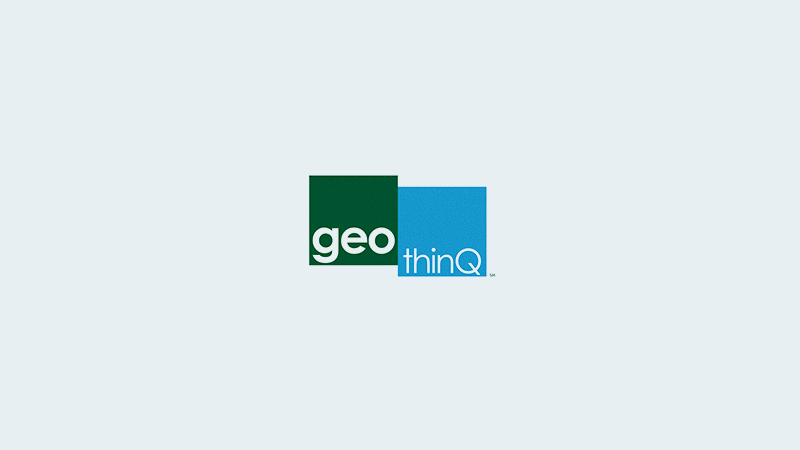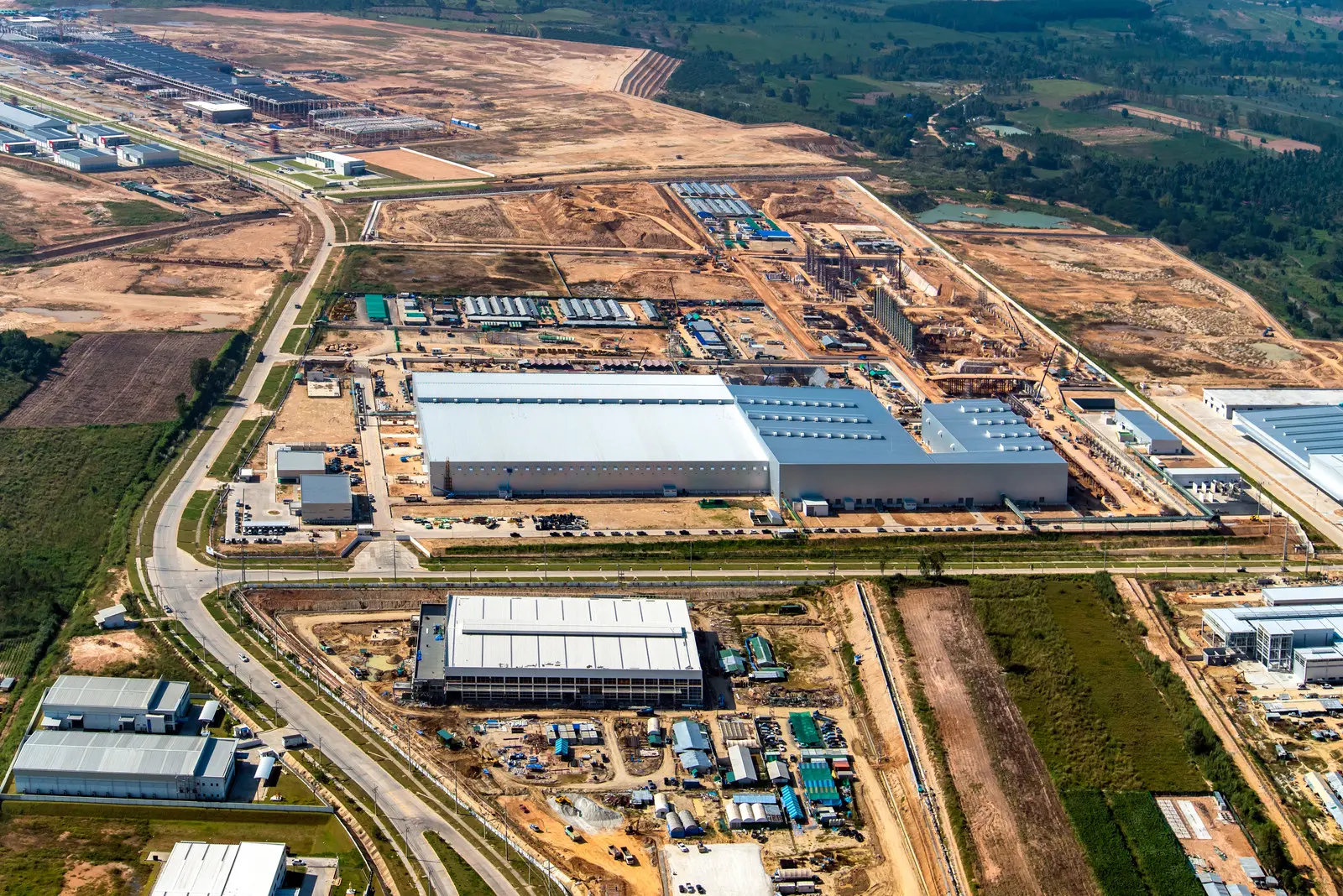2022 Homebuilding, Solar and Infrastructure Trends Fuel Demand for GIS Mapping
January 5, 2022
As we have trudged through the past two years of uncertainty and seen both unexpected growth and decline across all industries, the horizon that is 2022 looks promising. Many industries are seeing various forms of progress, but three are expected to experience even more: real estate, solar, and homebuilding.
As we gear up for a successful 2022, read on for recent trends that will continue to make an impact this year.
Trend 1: Residential Land Acquisition Will Remain Competitive
Despite threats of a market decline, homebuilding efforts are still on fire, and land acquisition for residential space will remain more competitive than ever in 2022. Home sales are expected to increase another 6.6% within the year after an already record-setting 2021.
The housing market has been on the rise since the beginning of 2021, the highest annual leap since before the 2008 recession, and there is no stop in sight. As we move into 2022, the real estate industry will need GIS technology to pick the perfect plot of land – quickly – to keep up with housing demand.
Trend 2: Project Planning Is Needed to Meet Solar Timelines
During Q3 of 2021, solar installation capacity in the U.S. jumped 33% to 5.4 gigawatts. States, such as New York, are aiming to install even more gigawatts by 2030 to meet national sustainability goals. However, growing supply chain issues are causing delays in project development for many solar teams. To combat current challenges, teams need to allow for flexibility, collaboration, and innovation in project plans to meet sustainability timeline goals.
GIS mapping tools are important for project planning as they can help save time and resources. Fortunately, our land data spans the entire United States and can allow your solar development team to find suitable properties in a matter of minutes. With project planning and effective, data-rich mapping, solar teams will be more efficient and effective in today’s competitive market.
Trend 3: GIS Mapping Is Having a Moment
As we noted above, momentum is growing across industries and land professionals are increasingly turning to GIS mapping technology to keep up. No matter the company or project type, land professionals will come to a point where GIS and other relevant technologies are needed to work seamlessly.
This acceleration is further fueled by the anticipated $1.2 trillion expected to be invested into infrastructure over the next several years. Developers will need detailed maps of current and proposed roads, bridges, transit lines, and more, layered with population, environmental, and proximity data to determine the projects that will be most impactful. And commercial developers will need a visual understanding of how these changes will impact their current and existing properties.

Using our GIS software to explore regional & national maps will allow any kind of developer to stay on track and finish projects in a timely manner. As the use of GIS continues to grow, tools like Latapult will come in handy for any project that comes your way.
Click here to learn more about our geographic information system that can help you succeed in the new year.







